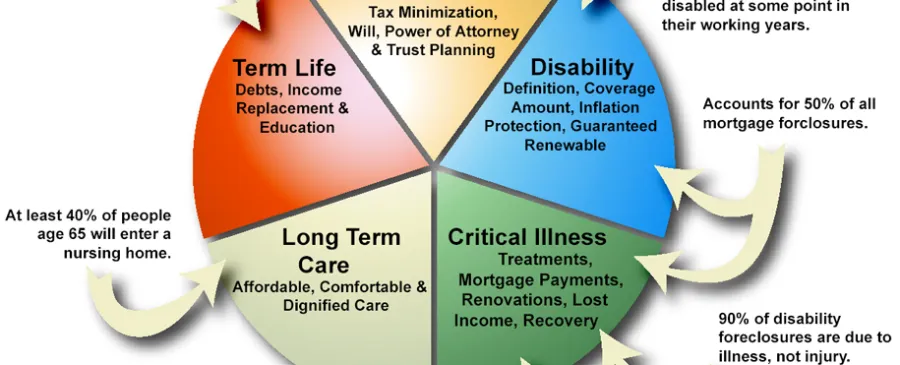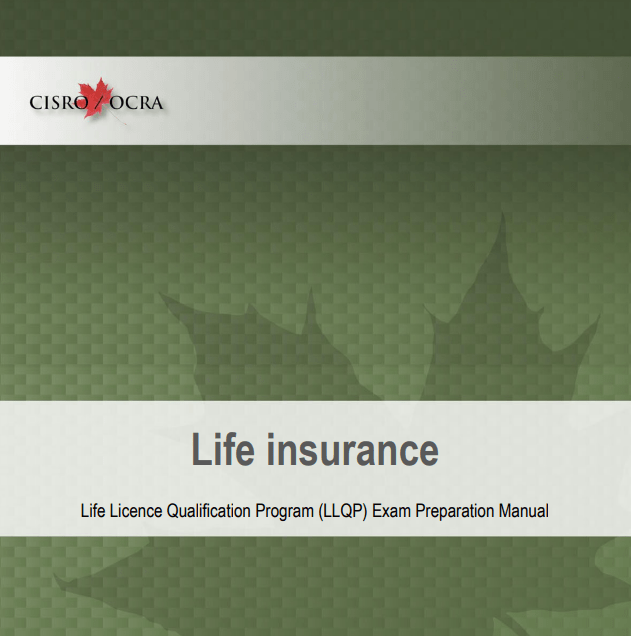
What is Whole Life Insurance?
Whole life insurance is a form of permanent life insurance that typically guarantees the premiums, the death benefit, and minimum cash surrender values (CSV) for the policy. It is sometimes referred to as “straight life” or “ordinary” life insurance.
Coverage term
Whole life insurance provides coverage over the entire or whole life of the life insured. Unlike term life insurance, a whole life policy does not expire, does not require renewal, and cannot be cancelled by the life insurance company, other than for non-payment of premiums.
Policy reserve
Premiums for a whole life policy typically remain level over time. In the early years, these premiums exceed the amount needed to cover the actual risk of death. This “overpayment” creates a policy reserve, which the insurance company invests to achieve even more growth. In the later years of the policy, the premiums paid fall short of the amount needed to cover the mortality costs and expenses of the policy. The policy reserve is used to offset or subsidize this deficit.
How premiums are set
Premiums for whole life insurance policies are based on long-term assumptions about mortality costs, expenses and investment returns. The insurance company must project these factors over the duration of the contract, which could mean 50 or 60 years, or even more into the future. Because of this long time horizon, the insurance company uses very conservative assumptions.
Premiums
Depending on the whole life insurance contract, the policyholder may have several options for paying the premiums such as:
- Ongoing premiums;
- Single premium;
- Limited payment.
Ongoing premiums
The traditional option involves paying a fixed premium for the duration of the contract (i.e., until the life insured dies or the policyholder surrenders the policy). This is sometimes referred to as a “lifetime-pay policy”.
Single premium
At the other extreme, it may be possible for the policyholder to pay a single lump-sum premium for life insurance coverage that will last for the entire lifetime of the life insured. An insurance policy is said to be “paid-up” if no more premiums are needed to keep the policy in force for the life of the life insured, so by definition a single premium policy is also a paid-up policy.
Limited payment
Limited payment whole life insurance is somewhere between these two extremes, with premiums payable for a specific period of time (e.g., for 10 or 20 years) or to a specific age (e.g., to age 65 or age 100), after which the policy is deemed to be a paid-up policy.
Conclusion
This is by no means a comprehensive discussion on whole life insurance. The characteristics of whole life policies can be very complicated and are best explained by a licensed life insurance agent.
If you want even more information on whole life insurance, and insurance as a career, please visit hllqp.remic.ca











